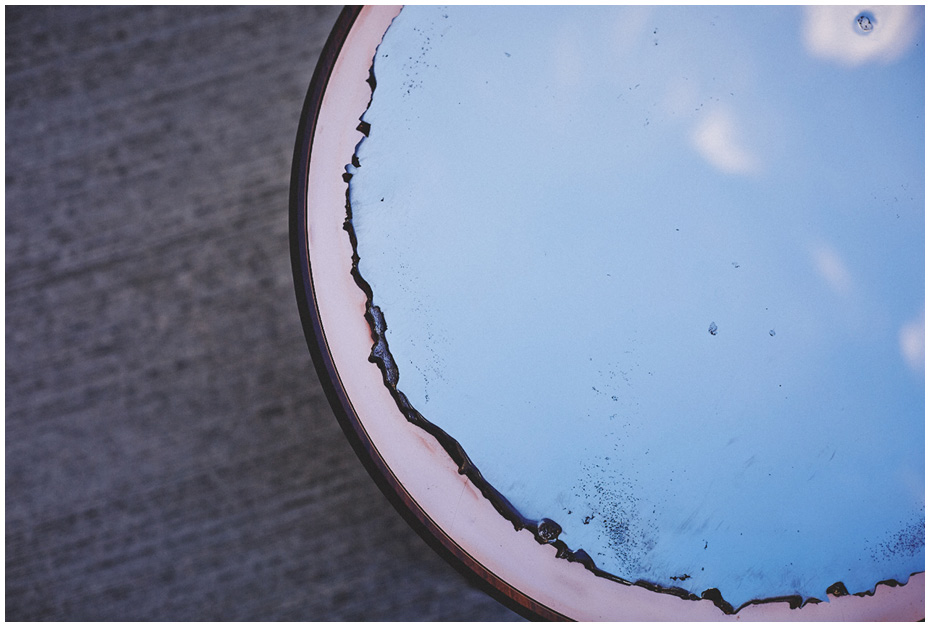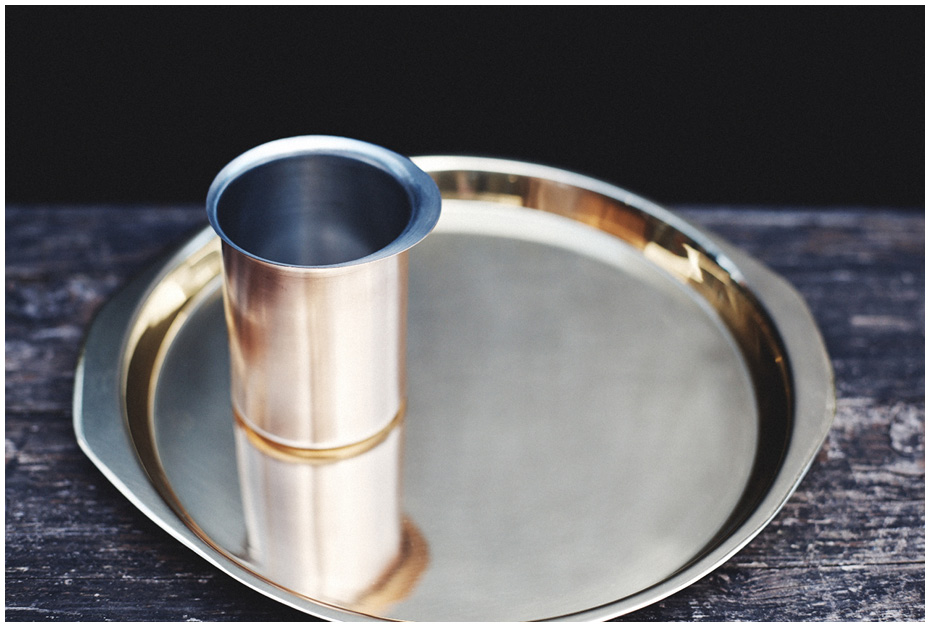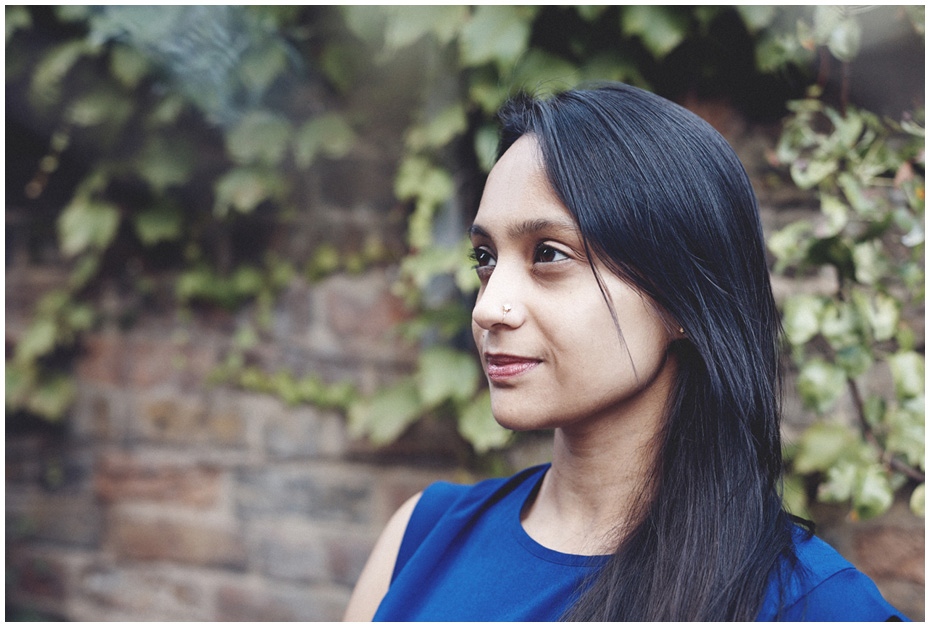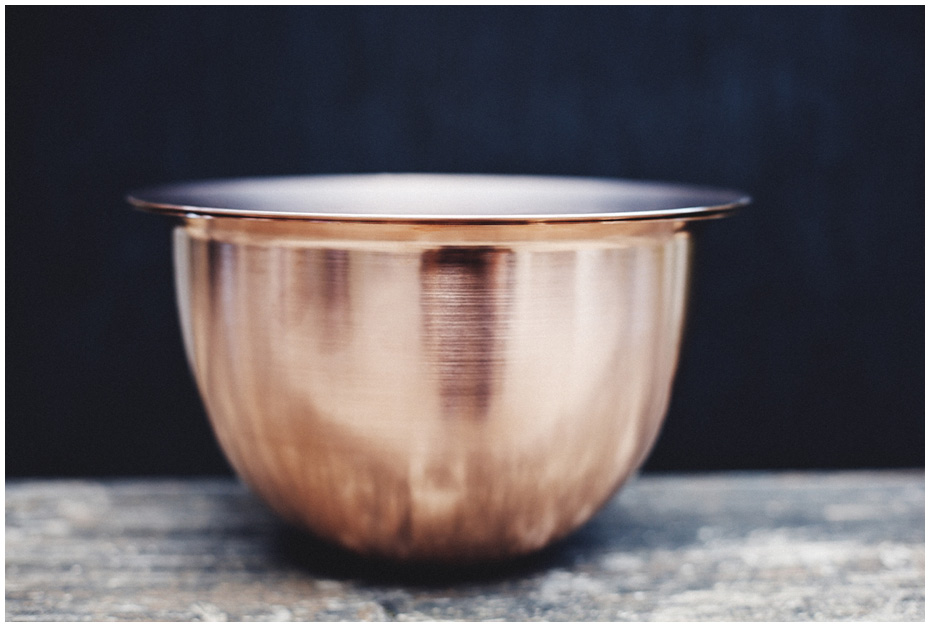From their cast-metal mirror to drip-free Ayasa pouring jug and chakras, Indian design isn’t about the ornate, it’s about the practical says Creative Director Spandana Gopal

Spandana Gopal is a woman on a mission to change our perception of Indian design. Her company, Tiipoi – which launches its debut collection at Harrods during London Design Festival – has created a range of homeware products that challenge Western clichés of the ‘ornamental’ nature of Indian design by drawing attention to the nuanced ingenuities of everyday objects so common place in Indian culture, they’re rarely discussed.
“I started looking at what people had overlooked when defining Indian design in favour of the exotic” Spandana says, “Issues of nostalgia and kitsch recurred again and again”. Stripping this away, she drew upon her own upbringing in Bangalore, and investigated what retailers were selling in India, as well as items her grandmother used in the house. What emerged from her research were “forms which are very utilitarian and functional, which have existed for generations but have never been considered as design”. These include utensils which all come with 90 degree rims – “studying this in the studio, we realised that when you pour with it, there are no drips!”“Rather than say, I am creating contemporary Indian design, which I may or may not be doing,” Spandana says of her collection, which features amongst other items traditional Ayasa copper storage jars for dry grains and rice, “I am going back and looking at where Indian design already exists in the everyday. To me, good design is invisible to the eye – it’s taken for granted because it’s so effective”.
At the heart of her collection is an appreciation of traditional materials and processes, albeit with a modern aesthetic twist. Copper and brass feature heavily, and Tiipoi are working with regional experts across India to manufacture their products. This includes the hand-made Mirror 6, which features in group exhibition Space and Light at Sir John Soane museum during LDF.
“To me, good design is invisible to the eye – it’s taken for granted because it’s so effective”

The mirror is the culmination of meticulous research and collaboration with craftspeople in Aranmula, in the Keralan region, who specialise in a making cast mirrors from a complex copper alloy, polished by hand until reflective. “It goes back around 600 years”, Spandana explains of the process, “and if you go into any Indian government craft shop, they’re selling these mirrors”. Usually palm sized discs, the mirrors are almost always housed in decorated frames (usually hand held) and are an every day cultural staple of India. “We brought one back to the studio, and we took it apart…”Little information was available to explain the mirror’s properties, which had become couched in a mythology of its own: “ believe that the alloy was given to an ancestor by God in a dream; he woke up the next day and he new the proportions to put into the alloy mix before he cast it… Research papers that have now studied the process have concluded it’s a really complex thing to have just stumbled upon.” The mirror, rather romantically, is said to give the purest reflection, “because it’s metal; light is reflecting directly off the surface itself, there’s no refraction [as with glass mirrors].”

During the course of her research, Spandana discovered the largest Aranmula mirror, measuring 44cm in diameter, is held in collection at the British Museum. It posed a tantalising challenge: “55cm is the diameter of the mirror we cast,” she says with a competitive smile. Named Mirror 6 – the five previous efforts broke in the cast, testament to the difficulty of the craft – it’s housed in a bespoke mount designed to highlight the process behind the mirror’s creation. The edge, (usually removed and smoothed off before being housed in a decorative frame), has been left raw, showing the movement of the metal. It’s a revolutionary departure, and is testament to the modern twist Tiipoi are cultivating.
Spandana concludes, “It’s been really rewarding, we’ve examined a craft that had almost become lost in its own success, taken for granted; and you see it so often in the shops, in books, everywhere, you’re numbed and you don’t know what it is anymore”.
Tiipoi’s mirror knows what it is, perhaps that’s the purest reflection of all.

Photography Liz Seabrook
Space and Light runs 13-11 October. Tiipoi’s debut collection launches 13 September at designjunction. Click for more info




